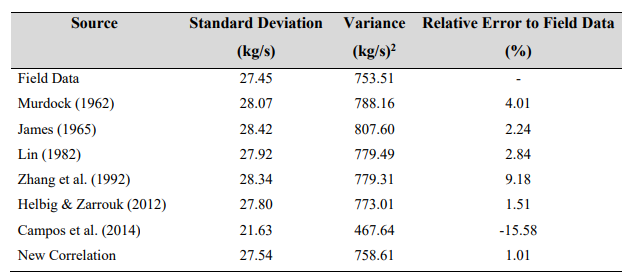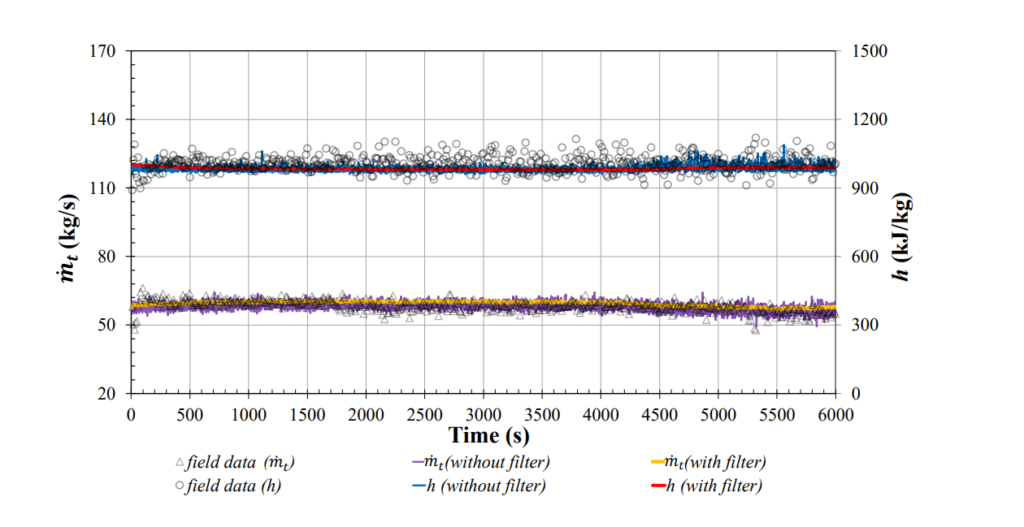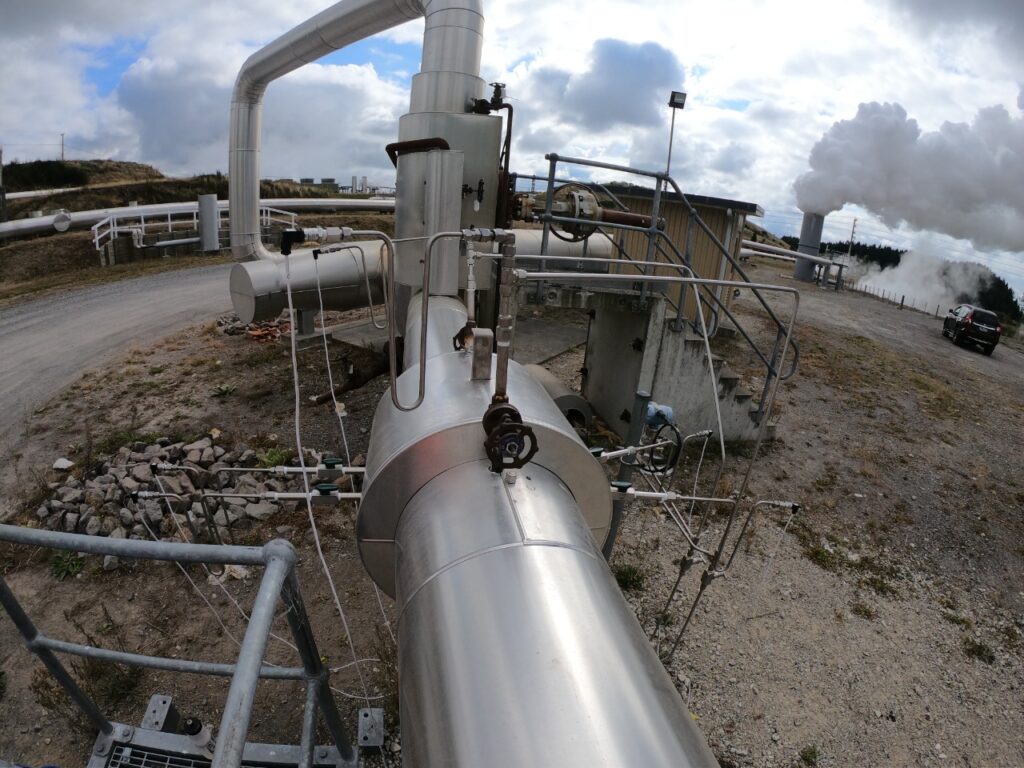PGE files patent for real-time two-phase measurement in geothermal wells
PGE has filed patents for technology developed by Husni Mubarok for real-time flowrate and enthalpy measurement of two-phase fluids in geothermal wells.
PT Pertamina Geothermal Energy (PGEO) has filed patents for the work of Mohamad Husni Mubarok, Production and Operation Excellence Manager, for a technology that allows for real-time flow rate and enthalpy measurements of two-phase fluids from geothermal wells.
The technology is the outcome of the research study of Husni at the University of Auckland in New Zealand for which he was nominated for the Best Doctoral Thesis award. PGE has completed the registration of Husni’s patents in the U.S. and Türkiye, while registration is currently ongoing in Indonesia, the Philippines, New Zealand, and Iceland.
We had previously reported on the field prototype stage of this technology and the implementation of the testing phase.
The studies from which the technology is based on that have been published are as follows:
- “Two-phase flow measurement of geothermal fluids using orifice plate: Field testing and CFD validation” (DOI:10.1016/j.renene.2018.11.081).
- “Comparative CFD modelling of pressure differential flow meters for measuring two-phase geothermal fluid flow” (DOI:10.1016/j.geothermics.2020.101801)
- “Real-time enthalpy measurement of two-phase geothermal fluid flow using load cell sensors: Field testing results” (https://doi.org/10.1016/j.geothermics.2020.101930)
Filling a technology gap
The measurement of two-phase flow in geothermal wells is valuable in day-to-day field management and in the calculation of the total available power in any given geothermal field. This is also crucial in the early detection of technical problems in the wells.
Many methods for two-phase flow measurement have been developed through the decades. The more traditional ones do not provide real-time measurements, while more recently developed methods remain subject to confounding factors or can be further improved for better accuracy.
Developing a mass flow correlation
As part of the study, Husni created a new correlation for determining the mass flow rate for two-phase fluids through a sharp-edge, concectric orifice plate with flange tappings. Again, many such correlations have been made through the years, especially since this is a technique heavily used in the geothermal industry.
Husni improved upon the correlation of Helbig and Zarrouk (2012) by calibrating some parameters with measured field data and using two-phase fluid enthalpy to calculate for the relevant coefficients. The accuracy of the Mubarok (2019) correlation was compared to previous methods, indicating a smaller relative error to field data.

The study further notes that the correlation can be applied over an enthalpy range of 600 to 2800 kJ/kg, allowing for its use in a wide range of geothermal reservoir and well conditions.
Measuring real-time two-phase enthalpy
To ensure the high accuracy of the mass flow correlation, it needs to be calculated using two-phase fluid enthalpy parameters. This means that real-time two-phase enthalpy measurement is a critical factor for this project.
A new enthalpy measurement correlation was then developed, creating a coupled enthalpy and mass flow rate measurement technique. The technique calls for additional pressure tappings in different arrangements for both the concentric and bottom eccentric orifice designs.
Pressure drop values across multiple pressure tappings were used to calculate for the dryness factor of the two-phase fluid. Several models were considered and compared to field data, with one being selected as the most accurate. This model was further refined with field testing in more wells. The resulting mass flow correlation integrating the two-phase enthalpy measurement was found to have very good correlation to field data based on field testing.
To further improve the correlation, the Kalman filtering technique was applied to minimize the noise from the data set. The real-time mass flow rate and enthalpy measurements (with and without filtering) compared to field data are summarized below.

The model was further tested in five other geothermal wells in New Zealand at different conditions and pipe diameters, all indicating good match with field data for both calculated enthalpy and mass flow rate.
Technology that can revolutionize the geothermal industry
Husni hopes that his technology can help revolutionize the geothermal industry by providing a way to enhance operational performance and production capability. “Our next task is to try our best to be able to utilize our patents into a new technology that will become a future business for PGE and benefit other geothermal industries,” Husni added.
Julfi Hadi, President of PGEO, expressed appreciation for this breakthrough. “We are optimistic that this innovation can continue to develop and have an impact on the geothermal industry in the world,” said Julfi in an official statement.
Source: CNBC Indonesia


















